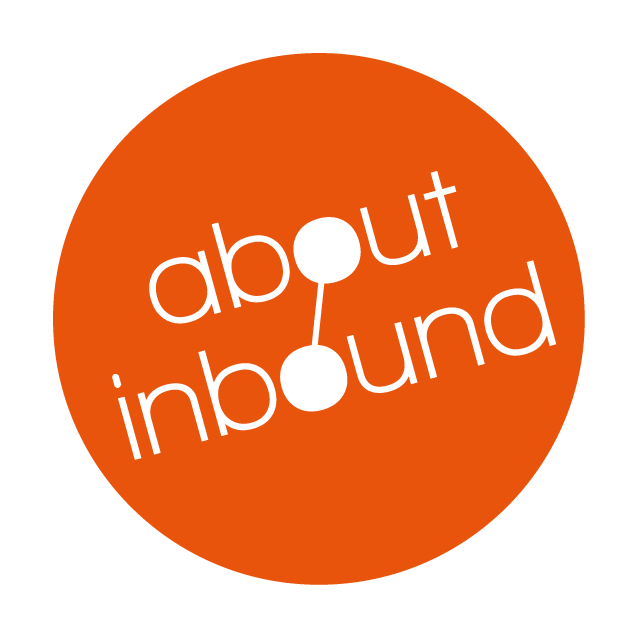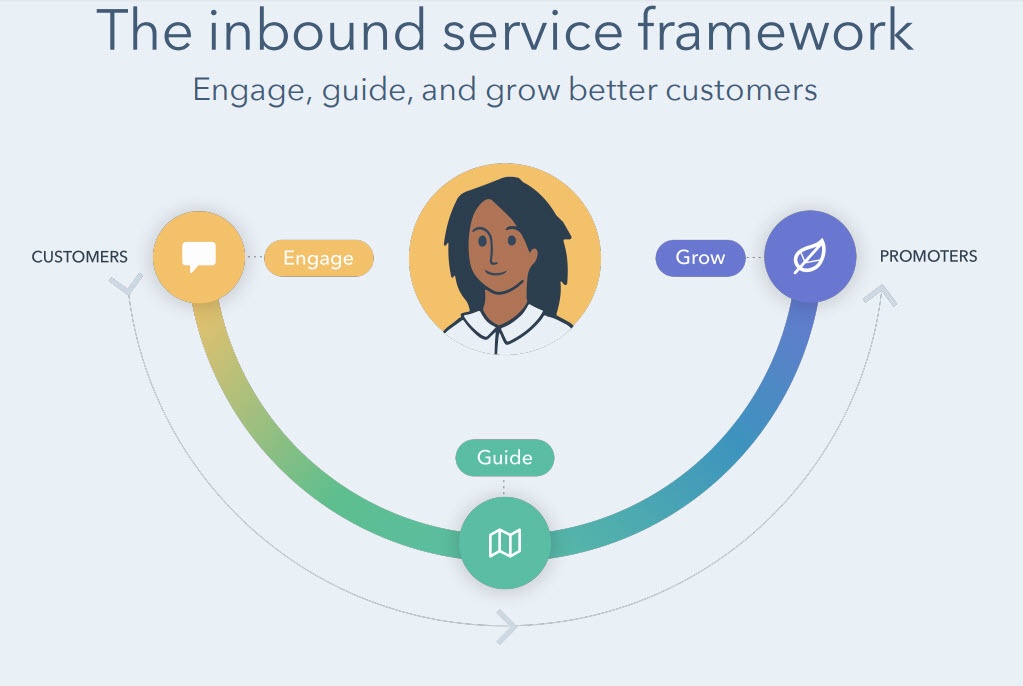HubSpot's transition to a seat-based pricing model, effective March 5, 2024, introduced a new structure where costs are directly tied to the number of user seats. When this model was introduced, HubSpot's announcement included the following text about what would happen to pricing for existing customers:
Navigating HubSpot's Shift to Seat-Based Pricing: A Guide for Existing Customers
20 November 2024 | by Alex Mampieri
Is it possible to integrate the Hubspot meetings scheduler with Microsoft Teams Meetings in 2021?
22 September 2021 | by Alex Mampieri
Last year we looked at the possibility to integrate Microsoft Teams meetings with the Hubspot meeting scheduling tool. At that time, it was possible to automatically have a meeting that was booked through the Hubspot automatic meetings scheduler sent to your Microsoft Office365 Calendar, but it was not possible to automatically include a link to a Microsoft Teams meeting.
We have been keeping an eye on this feature ever since we first wrote about it because we have heard that many people are looking for this integration. Spoiler alert, there is still no native integration that allows us to use the Hubspot meeting scheduler tool to send out invitations with automatically generated Meeting links for Microsoft links. But we expect that this will become available very soon because Hubspot has confirmed that they have been working on a solution for some time. So, let’s explore where things stand one year on.
How to do Account Based Marketing (ABM) in Hubspot in 2020
3 June 2020 | by Alex Mampieri
If you are a Marketing Hub Professional/Enterprise or Sales Hub Professional/Enterprise user, your Account Based marketing tactics in Hubspot just got a whole lot easier. Hubspot launched a set of ABM features that will allow you to get started with targeting your best fit companies and create a ABM strategy with just out of the box tools. In this post we will have a quick look at what an ABM strategy is, what Hubspot has changed to make it easier to implement and how you could go about implementing it.
Hubspot CMS Hub 2020 - an in-depth review
27 May 2020 | by Alex Mampieri
It has been a while since Hubspot has added a new product to its SAAS suite. The last product to be added before CMS Hub was Hubspot Service Hub , which Hubspot added in 2018. Compared to Service Hub though, CMS Hub seems much more focused on attracting new customers with this product release. Many of Hubspots existing marketing product customers already have access to most of the features sold as part of CMS Hub. So, what is part of CMS Hub exactly? What makes CMS Hub interesting as an entry point to Hubspots SAAS product suite and what are the use cases and benefits that Hubspot can offer with CMS hub?
Hubspot started was started in 2006 by Brian Halligan and Dharmesh Shah. They created the company around their concept of Inbound Marketing in 2006. The concept of was turned into a methodology to help marketers change their approach from the heavily outbound focus that was dominant at the time (outbound meaning advertising & cold calling etc.) to a more organic, content driven approach where brands can win customers by supporting their search for solutions and their decision making process and leading them to their brand only if they are ready to buy. They named this approach “Inbound marketing”. Fast forward to 2019 and Hubspot has gone through massive growth and indeed change. Their tool set involved from a smart way to build landing pages, SEO optimised blogposts and get better reporting on your visitors to a full blown SAAS ecosystem of Marketing, Sales, Service and CRM tools that are all tightly integrated. So how did they get here and where are they headed in 2020? That’s what we will have look at during the following paragraphs
How to get started with the Hubspot Service Hub?
25 September 2018 | by Vourneen Taylor
The Service Hub is Hubspot's new Customer Service Software that helps your organisation focus on creating a better customer experience. In today's world, customers have shorter attention spans and higher expectations. They want more control over the process and often opt for a of a self-service solution. Wanting to do things in their own way and in their own time.







